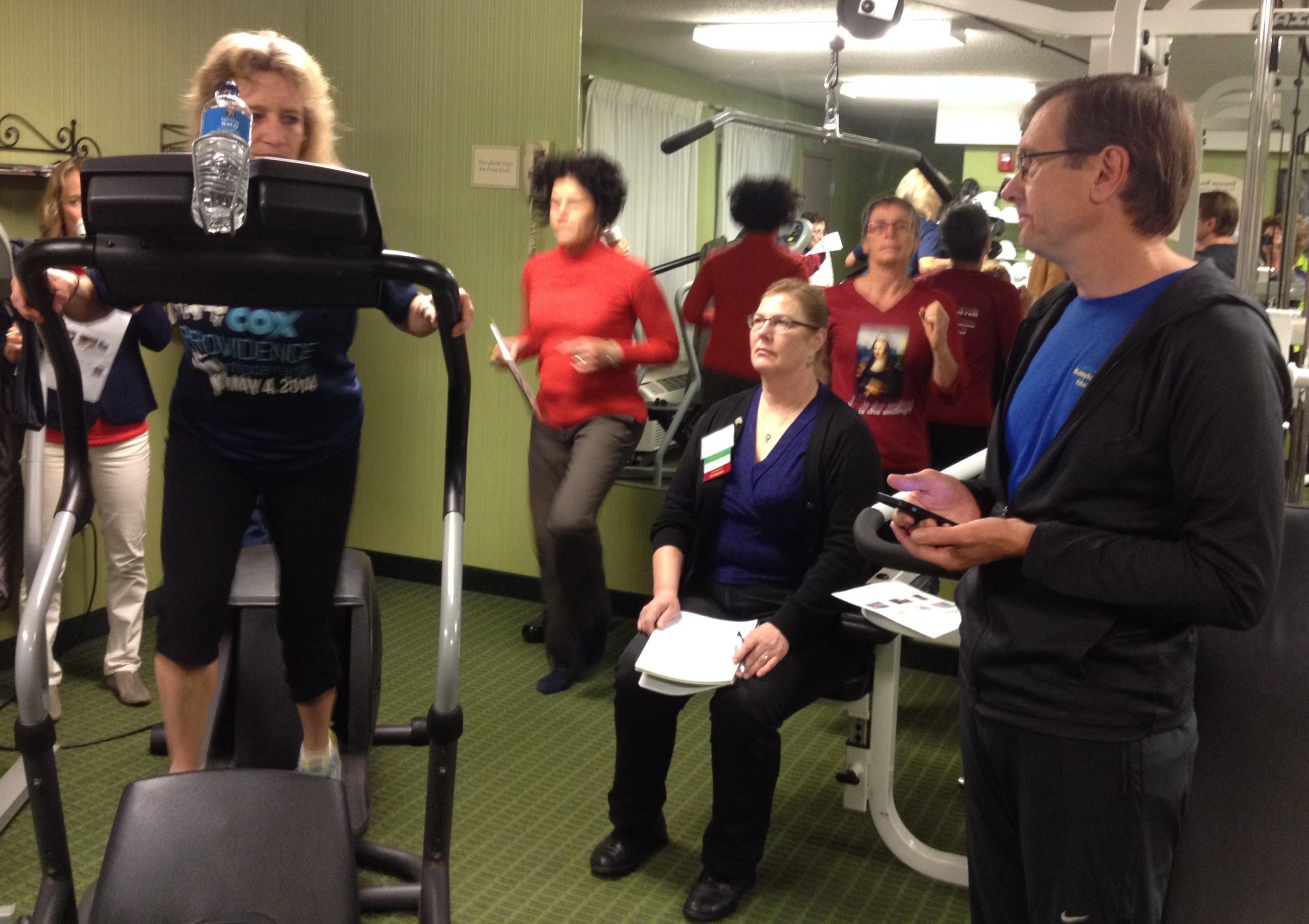…
nose
Is yoga breathing damaging your health?
Dr Mercola on yoga breathing “In fact, the whole field of breathing and breath-work has enormous potential for improvement, as most prevailing ideas …
Better breathing enhances sports performance
I recently witnessed a remarkable demonstration. This amateur runner was going at full pelt on a running machine breathing calmly, and gently (pretty …

